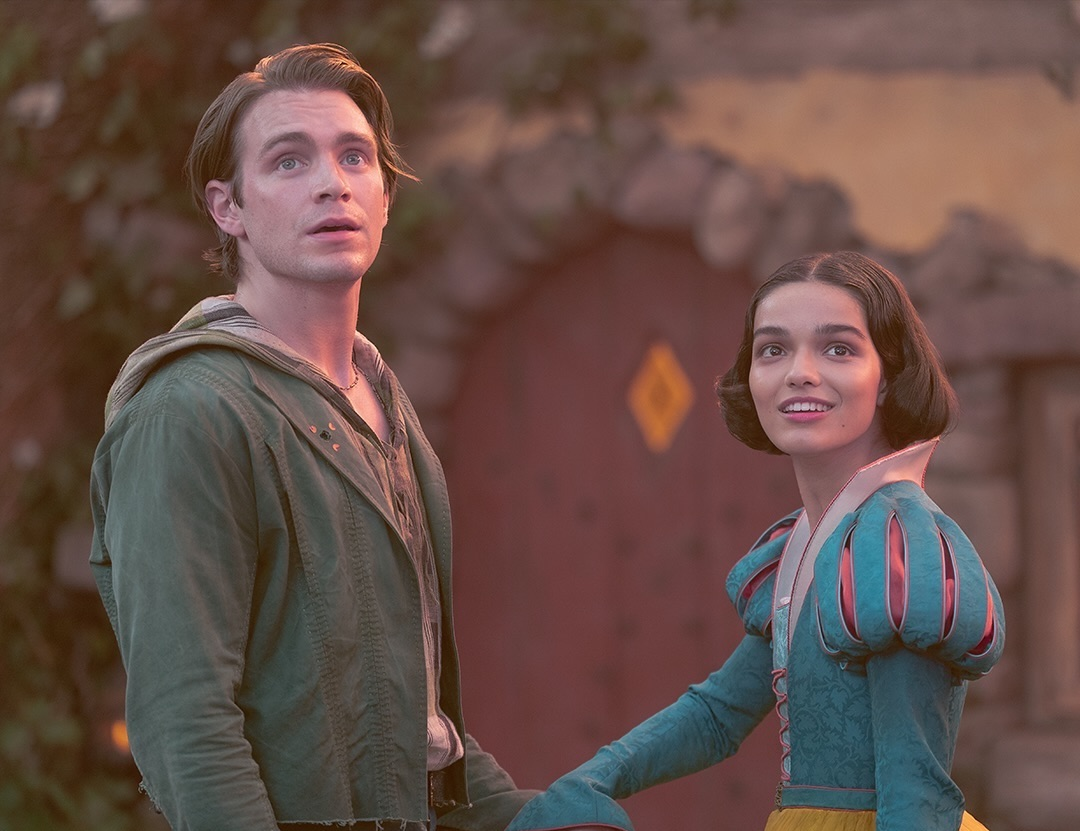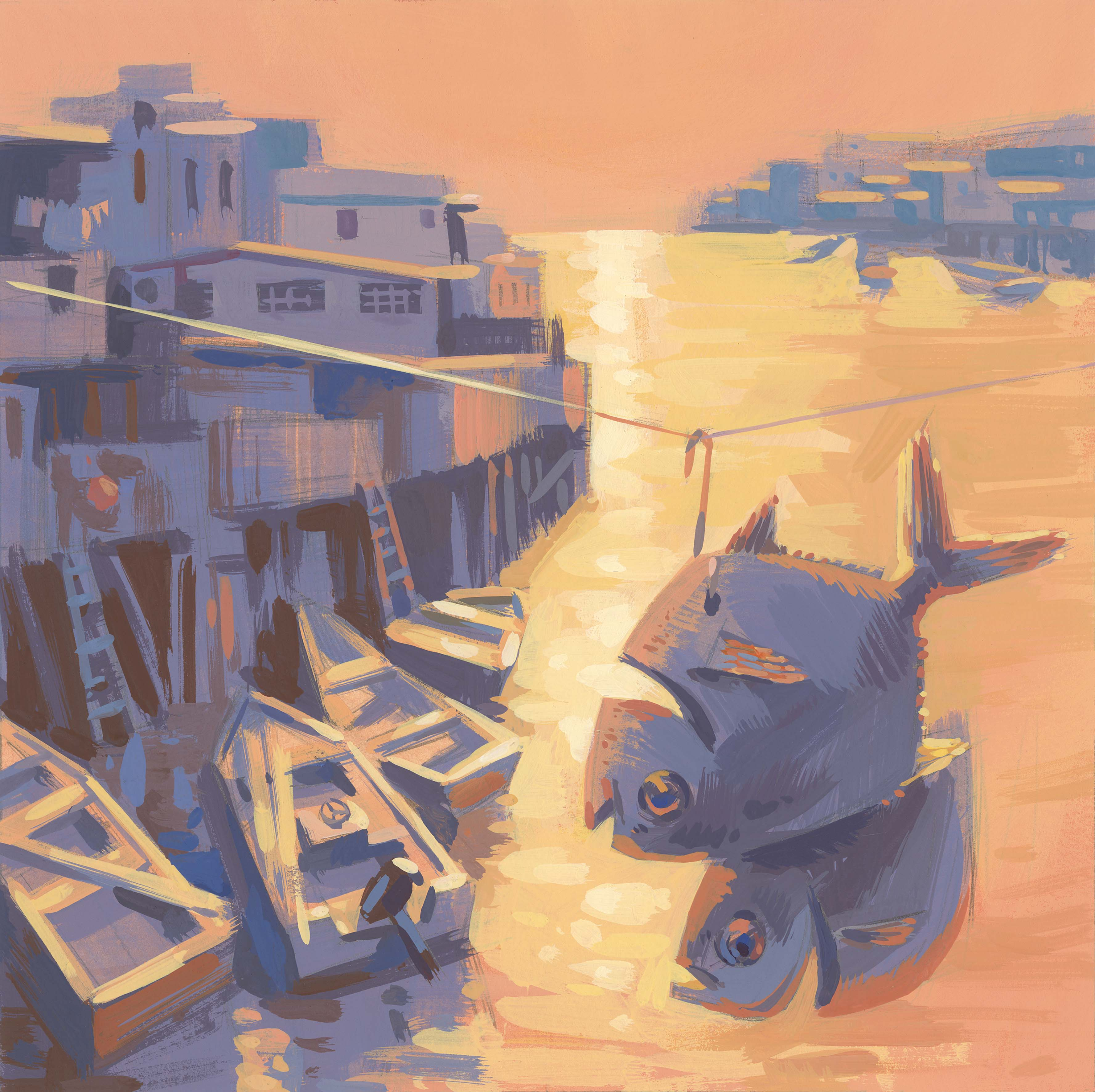Superhero Movies and the Myths that inspire them
Jun 05, 2019
Dark Phoenix and Buddhism
Beautiful new Chinese poster for XMen: #DarkPhoenix
pic.twitter.com/fLU9LvXPlQ— Rotten Tomatoes (@RottenTomatoes) May 29, 2019
Recently, MARVEL released their Chinese poster for Dark Phoenix which is premiering on the 6th of June in Hong Kong and Mainland China. The poster features Jean Grey (played by Sophie Turner in the movie) and, naturally, a phoenix. Aside from being breathtakingly beautiful, it appears that the poster is also an almost Frankenstein-esque combination of different Chinese and Buddhist motifs. While the lines of the artwork are relatively modern, the composition of the piece itself is heavily inspired by various artworks in the Dunhuang Mogao Grottos in Gansu Province. Even though we don’t know exactly to what extent the movie will stay true to the Dark Phoenix Saga of the 1980s, the new poster itself does hint at a lot of potential outcomes.
The motifs and symbols used originate primarily from the Tang Dynasty’s reign over China. They ruled from roughly the 7th to 10th centuries AD. Some of their rulers spent time developing and investing in Chinese traditional arts- namely architecture, painting and music. Their influence can be seen in the Mogao Grottoes to this day, with several surviving caves being dated back to this era. One of the Buddhist figures that was revered during this time was the Boddhisatva Avalokitesvara, more commonly known as Guanyin.
Guanyin, originally male, is depicted as female in Chinese art. She is exceedingly beautiful and represents compassion, making it very fitting to model Jean Grey after her. One of the first hints of this, that we can see, are the halo in the background. It’s not really that noticeable with the busyness of the poster. But, if you zoom in, there it is, surrounding her hair. It’s a very simple halo, no doubt eclipsed by the giant X-Men symbol- which is very obviously a MARVEL-esque stylisation of the Dharmachakra, the Wheel of Life, that represents the path to enlightenment. A path that is not easy to travel on- Grey may have to overcome a lot of hardship.
Dunhuang cave painting of #Avalokiteśvara, whose name means ‘Listening deeply to the sound of the cries of the world’ pic.twitter.com/zVYucBNK8Z
— Lilianne Fan (@LilianneFan) August 24, 2014
Jean Grey’s dress with all its ribbons also hints at Guanyin’s clothes which, in the Tang Dynasty, were very feminised. Her expression and her body language are also very calm, especially with the Chinese Phoenix (or Fenghuang) at her feet- there is no physical sign of conflict. Perhaps there’s an element of foreshadowing here… maybe she is able to learn how to harness her newfound powers. Her pose is also reminiscent of the Tang Pipa dancers, especially the way her feet are placed, or perhaps the creators of the poster went back into Chinese history and drew inspiration from the Feitian or Apsaras (Flying Spirits that reside in the sky). That would definitely explain the clouds surrounding her.
Her background is actually something that can, believe it or not, be broken down even further. Firstly, the clouds that surround her could be symbolic of the way that Guanyin would descend unto humans to grant their prayers. The Metropolitan Museum of New York certainly has enough proof for that. When Guanyin wasn’t with humans, she was at home. Her home, according to Chinese belief, was on Mount Potalaka or Putuo. Why is this significant? There’s a blue mountain in the background. Upper-right hand corner. Mount Putuo was described as “an isolated mountain rising from the sea“- much like how the mountain in the poster is surrounded by a lake. And the same way Charles Xavier’s School for Gifted Youngsters is isolated from the outside world it seems. The colour blue also held significance in the Tang era- especially during the Tibetan occupation of Dunhuang. Blue symbolised the absolute state of Buddhahood- attainment of wisdom and Nirvana.
Now, we don’t know if that colour represents Dr X or Jean Grey, but her apparently leaving the mountain behind, and the trailers with their travelling scenes, hint at a trip away from home. The fact that the poster is able to convey an almost story can also hint at the artist(s) using the jingbian or bianxiang technique of Chinese traditional art- telling a story with a landscape painting. Jingbians and bianxiangs are increasingly used in the Dunhuang Mogao Grottos. Even the poster features some cracks as if it is a mural that has been weathered over time.
As unique as the poster is, this is not the first time that superhero movies or tropes have utilised symbolism and mythology.
Superheroes and Saviours
When one thinks of mythology and superheroes, the first ones that pop in your head are probably Thor and Wonder Woman. Maybe even Aquaman. Understandable. Those are franchises that very overtly draw on mythology. That’s what their entire world is based on and fans are aware of that. To then tell their fans that Thor is a Norse god and Wonder Woman is the daughter of Zeus (or Hades, depends on what you’re watching/reading) is a waste of time.
But there are other films and versions of characters that draw on symbolism prevalent in not just polytheistic belief systems but also Abrahamic religions. However, if we were to analyse the entire list this article would be a mile long, but there are common ways in which these now tropes are presented.
How can one talk about superheroes without mentioning the Last Son of Krypton (Superman). No matter how many reboots or incarnations we encounter of him, one thing remains constant. He is sent away from his dying planet by his two loving parents. The way that Superman is forced to take the inter-galactic journey as an infant clearly draws inspiration from the story of Moses- a prominent figure in all Abrahamic religions. He is raised to defend the people in his new home much like how Moses went on to free the Egyptian slaves from the Pharaoh. Superman has also been compared to Jesus Christ, more specifically his compassion and empathy- an attribute of his that is also compared to that of Shakyamuni Buddha. Indeed, the blue in his costume, much like the Dark Phoenix poster, can symbolise wisdom. That would be an homage to his father- one of the greatest minds on Krypton.
Today on #DCDaily, writer @BRIANMBENDIS stops by to chat about what REALLY happened on Krypton! https://t.co/cgo6TvwHVf
pic.twitter.com/6jRhrPDq2S— DC (@DCComics) April 19, 2019
There are also other Eastern influences, that are not as obvious, that are part of the mythos of Clark Kent/ Kal-El. For long time fans of the character, it is common knowledge that the superhero’s powers are due to his interaction with the sun’s radiation on Earth. He relies on the sun to be able to fly. Now, the sun and the moon (and really many other celestial bodies) have long had myths surrounding them. For Superman’s unique relationship with the sun, we look to his family name “El” which means “of the star” in Kryptonian. The star being, to the best of our knowledge, the sun. In the Ramayana, an epic in Hinduism, Lord Ram is part of the Solar Dynasty or the Suryavansha. This association with the sun influenced Ram’s actions and, much like Greek beliefs about the zodiac, led to his dedication to his people and realisation of his duties as an heir to his father’s throne. This acceptance of the burden of duty is something that can also be found in all of Superman’s stories. These subliminal nods to various beliefs are, no doubt, a way in which the power of the superhero (who was once seen as invincible) can be emphasised.
#Ramanavami is being celebrated with devotional fervour across the country today pic.twitter.com/25exJpjm4A
— Doordarshan News (@DDNewsLive) March 25, 2018
Biblical elements are present in a lot of superhero origin stories. Captain America’s being one of them. There is a case to be made about how the revival of the great war hero in modern times is a bit like the second coming of Christ. An individual who could save everyone from Hydra suddenly wasn’t able to anymore, until several decades later. Although, one can argue that there is a more political undertone to the character, since he was created as essentially a propaganda tool– a characteristic shared by several superheroes created during and after World War II. In conservative, Christian America, there is no doubt that the implied association would yield positives reviews for the character.
It was recently announced that Robert Pattinson would play the next Batman. A vampire to play a Bat- how appropriate. However, the heavy Transylvanian vampire/ Bram Stoker’s Dracula imagery isn’t the ancient tale that Batman actually focuses on. While some look at Wayne’s background in Zen meditation and his mastery of martial arts as a hint towards Buddhist influences, and while they do exist, it is actually the legend of Hercules that is at the heart of Batman’s origin story.
Why does Batman always win? Here’s what give the Dark Knight the upper-hand, no matter what: https://t.co/evBwje97WX
#Batman80
#LongLiveTheBat
pic.twitter.com/5tNxr7KnEE— DC (@DCComics) May 25, 2019
In the original myth, the demi-god Heracles (yes, it is spelled differently- Hercules is the Roman version), son of Zeus, is cursed by Hera, wife of Zeus, and kills his wife and children in a fit of rage. When he recovers from the curse he is horrified at what he has done and blames himself for their deaths. He is then assigned the 12 Labours of Heracles/ Hercules as a way to atone for his sins. In those assignments, he focused mainly on helping people and defending them against evil forces.
This Hercules statue really inspires you to get in shape, even today!#Turkey
#Antalya
#Museum
#Hercules
#FromTheCollection
#exploreMW
#museumweek
pic.twitter.com/O0CFmRHMZM— Turkish Museums (@TurkishMuseums) May 21, 2019
Anyone who has read Batman knows that part of the character’s motivation to pursue crime is because of the death of his family that he was never able to come to terms with. Wayne blames himself for their fate and so Batman is his own version of the 12 Labours. A relative’s death is usually a common occurrence in pushing superheroes to become super- Spiderman, Martian Manhunter, Storm, Wolverine, just to name a few. All just revamped, repackaged versions of a tale as old as time.
Carl Jung was a psychologist who said that all human stories can be broken down into a series of archetypes. These archetypes are the basic blueprints for protagonists, in this case superheroes, that we end up relying on. They are stereotypes. The popularity of a film or book or story may also, in part, be derived from these stereotypes as we find comfort in the familiar. We are attracted to things that we have seen before as they are predictable. And so, superheroes are more often than not inspired by legends that we have all heard as children and so we want to see more of them- a pretty efficient marketing tactic.































